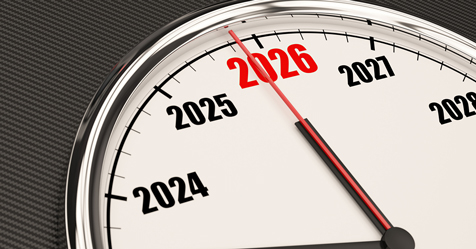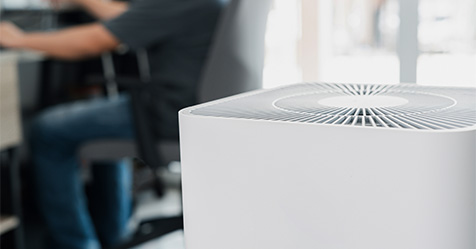Half of Health Care Facilities Globally Lack Hygiene Basics
The new estimate reveals the worldwide risk of disease spread to patients and health care workers.
A recent Joint Monitoring Programme (JMP) for Water Supply, Sanitation, and Hygiene (WASH) report by the World Health Organization (WHO) and the United Nations Children’s Fund (UNICEF) has revealed that slightly more than half of the world’s health care facilities lack extremely basic hygiene services—specifically soap and water or alcohol-based hand sanitizer.
About 3.85 billion people use these facilities, including 688 million people who receive care at facilities with no hygiene services at all.
Safety Compromised by Lack of Basics
Updated every two years, the current report established, for the first time, a global baseline for WASH services, as more countries than ever reported on the WASH conditions of their hospitals and other health care centers. Hygiene data is now available for 40 countries, up from 21 countries in 2020, which represents 35% of the world’s population.
The analysis found that 68% of health care facilities had hygiene facilities at points of care, and 65% had handwashing facilities with water and soap at toilets, but only 51% had both, which was necessary to meet the report’s criteria for basic hygiene services. Furthermore, 1 in 11 health care facilities (9%) had neither.
“Hygiene facilities and practices in health care settings are non-negotiable,” said Dr. Maria Neira, WHO director of the Department of Environment, Climate Change, and Health. “Their improvement is essential to pandemic recovery, prevention, and preparedness. Hygiene in health care facilities cannot be secured without increasing investments in basic measures, which include safe water, clean toilets, and safely managed health care waste.”
Childbirth Particularly Unsafe
As the report notes, contaminated hands and environments play a significant role in pathogen transmission in health care facilities. Interventions to increase access to handwashing with water and soap and environmental cleaning are crucial to providing quality care, particularly for safe childbirth.
“Hospitals and clinics without safe water and basic hygiene and sanitation services are a potential death trap for pregnant mothers, newborns, and children,” said Kelly Ann Naylor, UNICEF director of WASH and Climate, Environment, Energy, and Disaster Risk Reduction (CEED). “Every year, around 670,000 newborns lose their lives to sepsis. This is a travesty—even more so as their deaths are preventable.”
The report further estimated that universal basic WASH services in health care facilities could be achieved in 46 least-developed countries by 2030 for less than US$10 billion, which represents additional expenditures of less than $1 per person per year.


